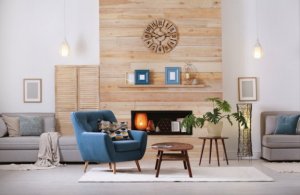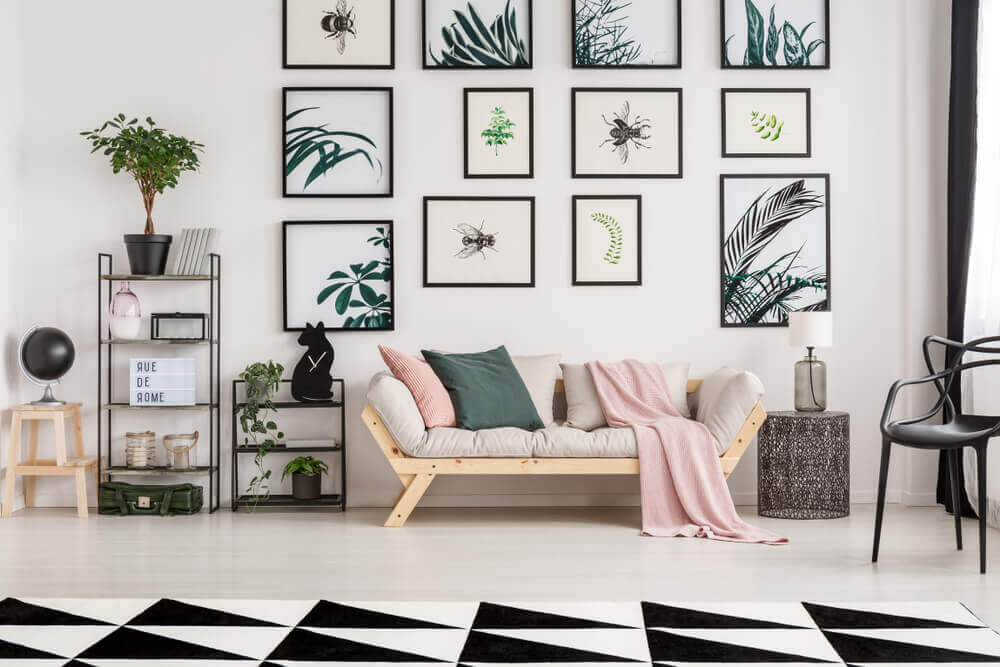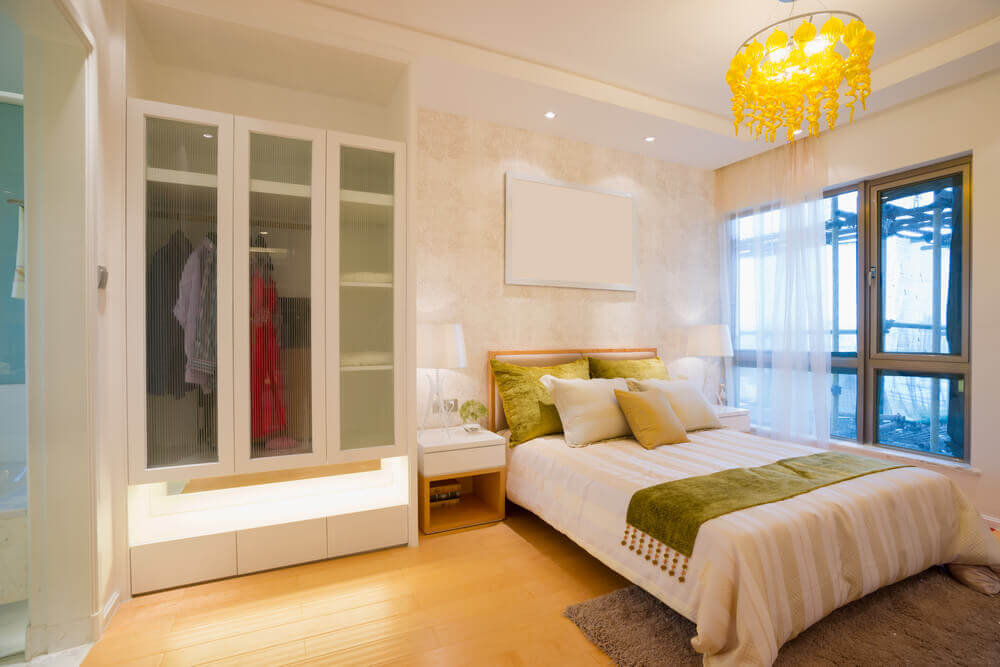Using Home Furnishing to Create Verticality

Depending on what kind of home decor you have, either dynamism or straight lines will dominate your rooms. However, both trends can aim to create verticality by means of furnishing.
Not every piece of furniture can fit indiscriminately into any style. They all have their own aesthetics and basic characteristics that make them special, creating a home setting.
Furniture that offer verticality often share peculiar characteristics. If you use several of these pieces in the same space, they create fascinating spaces and make them feel elongated.
What does verticality mean in home furnishing?

An important characteristic is their generally straight lines that have an elongated appearance, stretching upwards. However, some pieces have curved lines instead; but they also extend towards the ceiling.
The combination of vertical and other horizontal lines creates dynamism and functionality. For example, they could create a shelving unit where the shelves would connect with the structure itself.
However, the most important characteristic is that their vertical lines are longer than their horizontal ones. In other words, their height it greater than their width. The ratio produces a heightening visual effect.
Vertical elements have always formed a part in home furnishing.
Visual effects on living rooms

We’re not talking about a current decor trend that only uses furniture that offers verticality. The decor as a whole where dialog between the elements flows correctly. The living room is a great place for verticality.
- Shelving units are a great component to use on a wall in your living room. But try setting them up in a way that’ll bring attention and glances upward.
- You don’t have to aim for symmetry with your furniture pieces. Everyone is different and has their own layout preferences. Remember, there are no set rules in home decor.
- You can create use volume imbalances to produce a sense of dynamism.
- In your layout, you’ll nee to use horizontal elements, such as a couch or table, as well. You can’t just have vertical elements because they’d produce too much spatial tension and as a consequence, an uncomfortable setting.
Creating verticality with closets

In a bedroom, you can create verticality with closets. Beds and nightstands are horizontal elements that provide stability so you’ll need to make some contrast.
- Regardless of whether closets are built-in or freestanding, they’re generally made to be vertical because of their function. They’re the biggest bedroom element.
- Some models are a mix between a closet and shelving unit, featuring areas above and next to the closet doors. These furniture pieces have clashing lines that create movement and balance.
- In bedrooms, horizontal lines outnumber vertical ones. But you should use them together. So, vertical shelves can be a great way to make a successful decor.
- The main idea is to use the floor as a base where lines grow out from.
Curtains: a subtle element for windows

If you have a big, wide window, you’ll need curtains to taper its dimensions. Curtains are generally long, running down nearly touching the floor. They develop settings and control lighting.
But aside from the visual effects, what can they offer for verticality? Curtains go up and down. Blinds, which have rows of rectangular, horizontal lines that go from move upwards, are a great example.
Another interesting example are Japanese panels. They use lines that mark out rectangular and the space in general. Curtains with window valances are similar in that regard. They’re wavy but they show a movement that goes up towards the ceiling.
In our post today, we’ve looked at interesting decor elements that can create verticality in home decor. Our post, of course, is just the beginning. Browse your options at stores and pick the best elements that suit your home.








